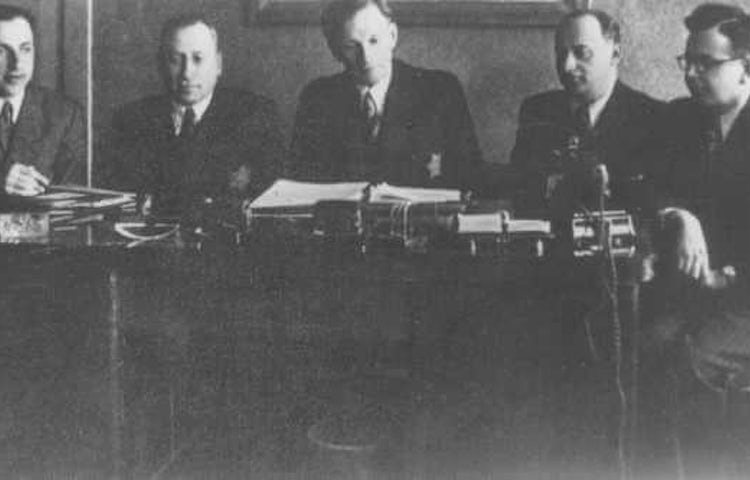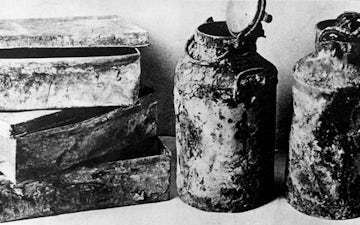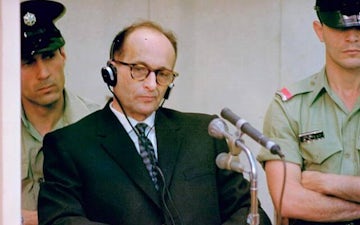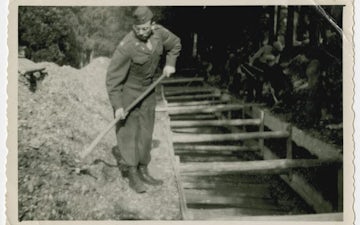
When the Nazis forced Jews into ghettos, they formed councils made up of prominent members of the community to provide basic social services for the ghetto inhabitants, liaise with the German authorities, and ensure that Nazi orders and regulations were implemented.
In due course, the Nazis required the heads of these councils, called Judenräte in German (singular, Judenrat) to compile lists of Jews for deportation. Those Judenrat leaders who refused were removed from their positions if not killed, and replaced by individuals who complied with the Germans’ demands.
Adam Czerniakow, the head of the Warsaw Ghetto Judenrat, committed suicide on July 22, 1942, rather than assist in the round-up of Jews. Other Judenrat leaders cooperated with the Germans in the hope that by doing so, they could save at least some of the Jews in their ghettos: in September 1942, Mordechai Chaim Rumkowski of the Lodz Ghetto asked the inhabitants of the ghetto to support him in deporting children and old people, asking them to let him “cut off limbs in order to save the body”.
In numerous instances, members of the Judenräte worked with and helped with the Jewish underground in their ghettos.
In the Nazi concentration camps, designated inmates called kapos who were given supervisory tasks were often accused of brutality, amply documented in postwar testimonies and memoirs. After the war, certain members of the Judenräte and kapos were brought to trial in Poland and elsewhere as well as before honor courts in Displaced Persons camps in Germany, Austria and Italy. Numerous kapos were also indicted and placed on trial in Israel.




